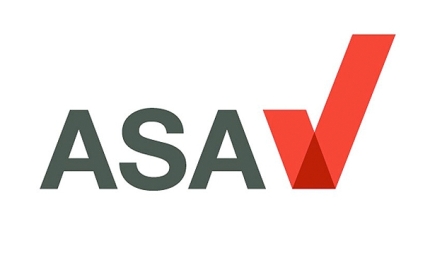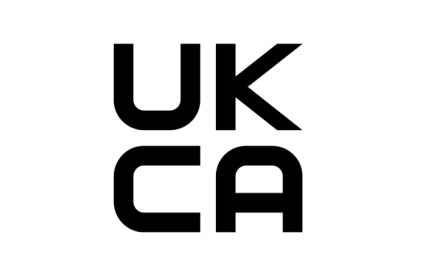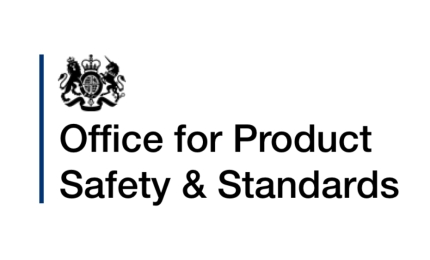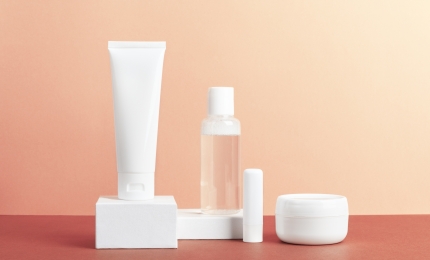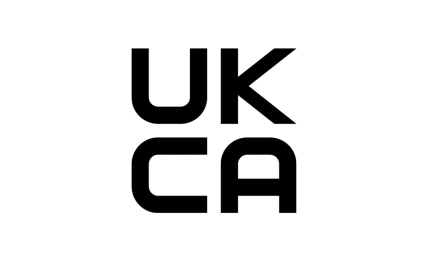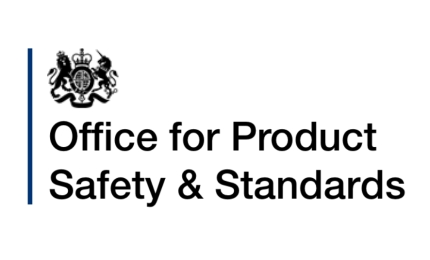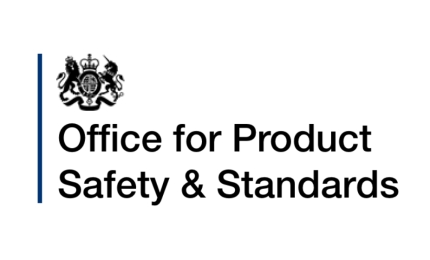Find us on...
The growing interest within the cosmetic industry to produce grooming products for pets has raised questions as to whether these types of products are regulated as cosmetics. Article 2 of the UK Cosmetics Regulation and EU Cosmetic Products Regulation defines a cosmetic product as:
"...any substance or mixture intended to be placed in contact with the external parts of the human body (epidermis, hair system, nails, lips and external genital organs) or with the teeth and the mucous membranes of the oral cavity with a view exclusively or mainly to cleaning them, perfuming them, changing their appearance, protecting them, keeping them in good condition or correcting body odours."
As pet products are not intended to be used on the human body, they are not classified as cosmetics and therefore are not subject to the legislation.
However, in order to effectively classify the product into the correct legal framework, companies will have to pay attention to the function of the product. As the products are not cosmetics, they fall outside CTPA’s remit, but CTPA can provide some pointers to help companies determine which legal classification is most suitable for their product.
If the purpose of the product is just to clean the pet such as straightforward shampoos and conditioners, then they will likely be classed as a ‘general product’. This means that in the UK they will have to comply with the General Product Safety Regulations 2005 (GPSR). Further information on GPSR is available here.
If the purpose of the product is to kill fleas or other parasites it could be classified as a biocide. For more information see the EU Commission's guidance on borderlines between the Biocidal Products Directive (98/8/EC) and the Veterinary Medicinal Products Directive 2001/82/EC. The guidance states that products containing active substances with lethal effects on external parasites to be used on humans or animals are in general considered and authorised as human/veterinary medicinal products with precise medicinal indications (including prevention, treatment or diagnosis of disease).
If the purpose of the product is to treat a disease or adverse condition of the animal, then it could be a veterinary medicine. There is a Veterinary Medicine Guidance Note on the Defra website which makes it clear that such products can also fall into the category of medicine depending on the claims being made and/or the ingredients being used.
General products and biocides are not exempt from Classification Labelling and Packaging (CLP) Regulation, so if your product is classed as either one of these two categories, then you must check which CLP requirements may be applicable to your product, such as hazard labelling. If the product is classed as a veterinary medicine, then it will fall outside of the scope of the CLP Regulation.
Advice and further information on requirements and best practice may be available from the Pet Industry Federation.

